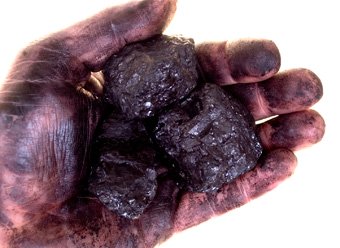
Emission Control
Cost of Coal Catalyst in Harmful Emission Control
The cost of using Coal Catalyst CC-88 to reduce air pollution is usually zero dollars. CC-88 will pay for itself by fuel efficiency improvements. Air Pollution Control devices (electrostatic precipitators, bag houses and fabric filters are now installed as part of new equipment or as a costly retrofit to boiler operators to clean their smokestack emissions. Coal Catalyst CC-88 is a comparative small investment per unit of fuel burned when compared to retrofit and downtime costs. CC-88 costs are usually returned many times over by fuel savings alone. The reduction of air pollution is almost always one of the no-cost benefits of using CC-88, which also applies to improving the furnace / boiler safety, improving equipment maintenance and adding savings, avoiding costly major repair savings and corrosion inhibiting benefits that avoid long-term negative effects on physical plant and all other equipment assets.
Using CC-88 Reduces Oxides of Sulfur and Nitrogen (SOx and NOx)
User of Combustion Catalyst CC-88 will reduce the total amount of SOx and NOx emissions coming from their smokestacks.
When or if coal users are penalized on emissions of SOx and NOx due to local, state or federal regulations, CC-88 usage can decrease penalty costs by an amount equal to the reduction in the pollution it provides.
If the boiler operator needs additional sulfur dioxide reductions, additional CC-88 can be introduced to the furnace to promote SO2 removal. Reductions of up to 50% SO2 can be achieved with feed rates of up to 10kg/tonne of coal fired (22lb/metric ton). This added expense should be evaluated against the cost of alternative methods of SO2 control which are normally much more expensive.
The use of Coal Catalyst CC-88 will also assist in the reduction of NOx, SO3 , and other harmful pollutants.
